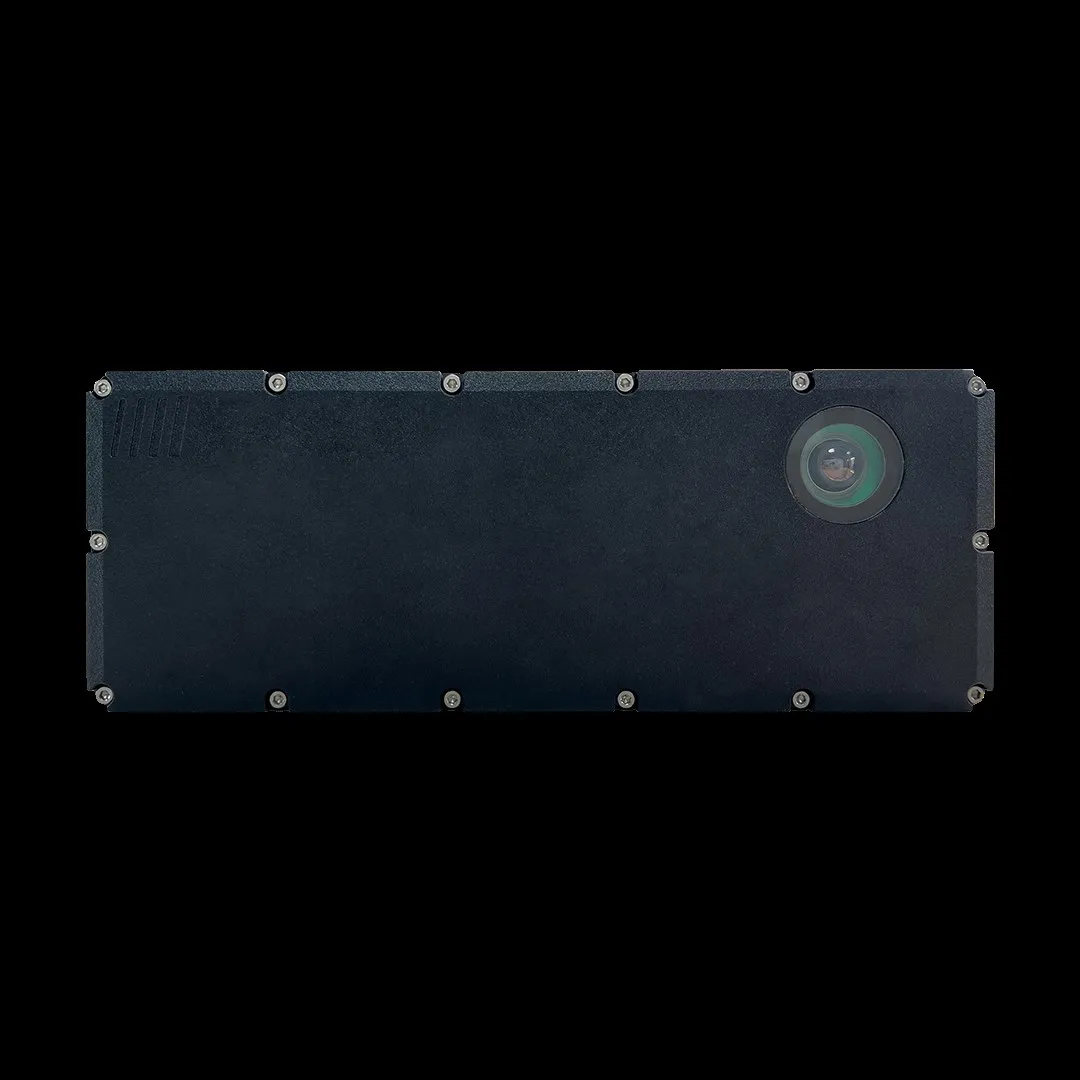Izmir, the third most populous city in Turkey with a population in the region of 2.9m people, has deployed Samsung cameras in support of a full adaptive traffic management system, which provides real-time integrated traffic management as a means of reducing traffic jams and increasing road safety.
The system, which has been has been implemented by Samsung distributor EDS Elektronik in collaboration with Mavi Güvenlik, uses Samsung SNP-6320H Full HD 32 x optical zoom PTZ speed domes installed at key locat
November 6, 2015
Read time: 2 mins
Izmir, the third most populous city in Turkey with a population in the region of 2.9m people, has deployed 1809 Samsung cameras in support of a full adaptive traffic management system, which provides real-time integrated traffic management as a means of reducing traffic jams and increasing road safety.
The system, which has been has been implemented by Samsung distributor EDS Elektronik in collaboration with Mavi Güvenlik, uses Samsung SNP-6320H Full HD 32 x optical zoom PTZ speed domes installed at key locations throughout the city. These provide high definition images in support of field devices such as detectors, signal transmitters, traffic signals and control devices. Collectively, they provide the ability to measure the volume of traffic at crossroads and enable signal times to be adjusted in real-time in order to minimise traffic congestion.
The cameras, which have an auto-tracking feature, are weatherproof and have heaters powered by PoE+ to withstand extremely low temperatures, as well as a digital image stabilisation feature which negates the effects of vibration. The images captured by the cameras are recorded onto Samsung’s SRN-4000 64 channel network video recorders (NVRs). These are able to simultaneously record and multi-stream the transmission of images at a high bandwidth speed of 400Mbps and have a large onboard storage capacity via 12 hot-swappable internal hard drives. Power reliability is enhanced by way of a dual power supply.
Images captured by the cameras are transmitted to a control room and can also be viewed by the general public via the web, TV, internet and social media channels.
The cameras are also helping the city of Izmir to monitor the movement of public transport and emergency service vehicles. In total, 1,500 buses as well as 100 ambulances and 164 fire trucks will wirelessly communicate with signalised intersections and their movements will be monitored with the help of the cameras as part of a traffic priority system.
The system, which has been has been implemented by Samsung distributor EDS Elektronik in collaboration with Mavi Güvenlik, uses Samsung SNP-6320H Full HD 32 x optical zoom PTZ speed domes installed at key locations throughout the city. These provide high definition images in support of field devices such as detectors, signal transmitters, traffic signals and control devices. Collectively, they provide the ability to measure the volume of traffic at crossroads and enable signal times to be adjusted in real-time in order to minimise traffic congestion.
The cameras, which have an auto-tracking feature, are weatherproof and have heaters powered by PoE+ to withstand extremely low temperatures, as well as a digital image stabilisation feature which negates the effects of vibration. The images captured by the cameras are recorded onto Samsung’s SRN-4000 64 channel network video recorders (NVRs). These are able to simultaneously record and multi-stream the transmission of images at a high bandwidth speed of 400Mbps and have a large onboard storage capacity via 12 hot-swappable internal hard drives. Power reliability is enhanced by way of a dual power supply.
Images captured by the cameras are transmitted to a control room and can also be viewed by the general public via the web, TV, internet and social media channels.
The cameras are also helping the city of Izmir to monitor the movement of public transport and emergency service vehicles. In total, 1,500 buses as well as 100 ambulances and 164 fire trucks will wirelessly communicate with signalised intersections and their movements will be monitored with the help of the cameras as part of a traffic priority system.










